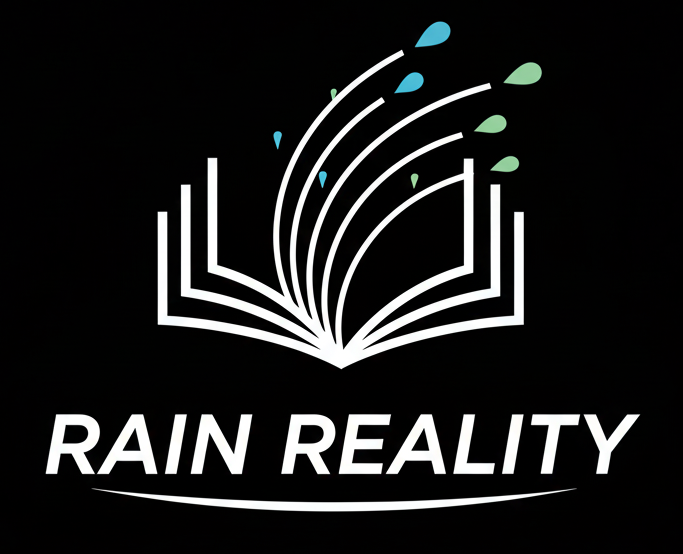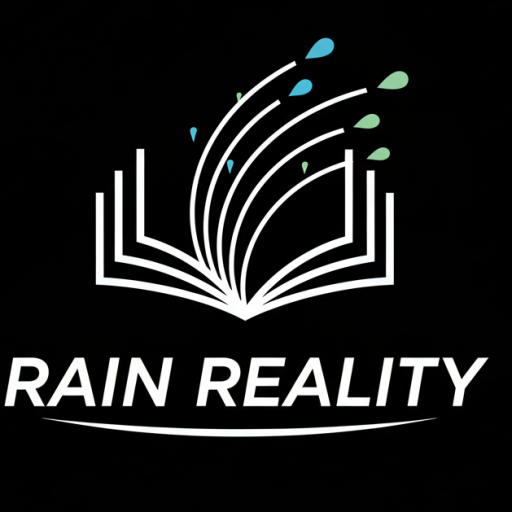The digital world is being swept away by Wachappe. You have probably come across this word of modern slang when perusing your social media feeds or conversing with friends online. But is that all it means? Why is everyone talking about it? Wachappe exemplifies how communication changes and adapts in our modern, technologically advanced culture, where language is always evolving. Whether you’re an expert internet user or simply interested in the latest slang, learning Wachappe will shed light on modern culture and the importance of connectivity. Let’s take a closer look at where this term came from and how it has entered common parlance!
The Origins of Wachappe
The diverse cultural roots of Wachappe are a reflection of the rich fabric of contemporary discourse. It originated in urban slang and has developed through the years to reflect the spirit of adolescent expression.
Because of the emphasis on concision in online communities and social media, the phrase most likely became popular there. It unites people of different cultural backgrounds and language backgrounds by drawing on a wide range of dialects and regional vernaculars.
It became a means for people to connect through common language as communities engaged in digital interactions. Because its meaning was malleable, it could be used in a variety of contexts with relative ease. Because of its versatility, it became increasingly popular among younger generations looking for a sense of belonging.
It embodies the essence of contemporary conversation within this dynamic field of language. It represents the innovative spirit that drives modern discourse.
How Wachappe is Used in Everyday Conversations
In a short amount of time, It has become a mainstay in conversations among younger demographics. It is commonly employed to convey astonishment or enthusiasm. “Wachappe!” is a word that you could hear. Last night, did you happen to catch the game?”
In addition, friends discreetly mention it in messages and social media posts. By injecting a lighthearted tone into discussions, the word makes people more engaging.
It can also be used as an icebreaker in group situations. A joyful “Wachappe!” might be a suitable response when someone conveys fantastic news. An environment of mutual excitement is fostered by this.
Whether you’re talking about personal experiences or popular culture, It can work in any setting. This is how the phrase encourages participation and bonding between different communities.
You May Like: Nativität: Origins, Symbols & Meaning
The Influence of Social Media on Wachappe’s Popularity
The emergence of it could not have happened without the impact of social media. Trends start and spread fast on platforms such as TikTok, Twitter, and Instagram.
By adding Wachappe to their posts or memes, individuals can reach more people. Sometimes all it takes is a memorable remark to become a widely shared meme. More and more individuals start using the slang because of this exposure, which makes people curious.
Also, influential people are crucial. Their massive fan bases magnify Wachappe’s every word, elevating everyday exchanges to the level of cultural phenomenon.
The more people interact with content that uses this trendy term, the more likely they are to feel pressured to use it themselves. This establishes a self-sustaining loop that ensures Wachappe remains current and relevant in online conversations.
Concerns regarding language also change rapidly among younger internet users. Wachappe and other forms of slang have flourished in the dynamic environment of online discourse that these platforms have created.
Commonly Used Wachappe Terms and Phrases
The vivid vocabulary of Wachappe encapsulates the spirit of contemporary discourse. The term “Wachappe vibes” describes an upbeat and enthusiastic mood that may be felt at any gathering. This is a common way for people to characterize get-togethers where everyone is welcome.
The phrase “stay woke,” which stresses the need of being cognizant of social issues and current events, is another memorable expression. It stresses the need of being alert and knowledgeable at all times.
The word “flex” has also entered common parlance, denoting ostentation or boasting. From accomplishments to style decisions, this can be used.
To be true or honest, to not exaggerate or lie—that is what the word “no cap” means.
These phrases illustrate the dynamic nature of language as it adapts to changing cultural norms and society.
Criticisms and Controversies Surrounding Wachappe
Despite its meteoric climb to fame, Wachappe has not been immune to criticism. Modern slang, according to some linguists, weakens language and makes it harder to communicate clearly. They think words like Wachappe can put people off who aren’t familiar with the language and lead to misunderstandings instead of understanding.
Furthermore, Wachappe represents cultural appropriation to some communities. Some people find it strange when terms are taken from other groups without giving them credit or providing any context. The delicate balancing act in language evolution between acceptance and reverence is brought to light by this worry.
Generational differences are another source of dispute. Many members of the older generation have a hard time accepting new slang, such as Wachappe, and may even see it as a reflection of language decline rather than progress. Tensions arise among different age groups due to the collision of traditional and modern idioms and lexicon.
The larger social discussions about authenticity, identity, and the dynamic nature of language are mirrored in these critiques.
The Future of Wachappe
Wachappe appears to have an exciting and active future. We change the way we talk to each other because language changes.
As more and more cultures engage in virtual communication, new words will inevitably appear. Wachappe remains engaging and new because of the complex web of meaning it weaves together.
Its dissemination will be greatly aided by social media platforms. When new slang becomes popular online, it usually spreads quickly across all demographics.
In addition, today’s youth are very interested in developing their own unique language identity. Individualistic statements that speak to their beliefs and life experiences are highly valued by them.
Wachappe has the potential to explore different regional styles or subcultures as the online conversation grows in popularity. Every variant enriches this ever-changing vocabulary.
These terms may gain even more popularity outside of their original context as a result of language learning tools, which are developing at a rapid pace. As communication evolves in tandem with society, the potential is seemingly boundless.
Conclusion
More than a passing fad, wachappe exemplifies how language has developed in the digital era. Words like “Wachappe” are likely to evolve and expand in future iterations of internet discourse. This lingo will always be in vogue thanks to the multicultural nature of social media.
Although its origins may come as a surprise to some, its development exemplifies the boundless potential for individual expression. Whether you agree with it or not, Wachappe has established itself in the conversation of today.
We can see that slang will keep changing in tandem with society as time goes on. Wachappe is only one example of how language may bring individuals together despite physical distance; our communication styles shape who we are. Keep a watch on this term because as new generations add their own flair to the language, who knows what surprises are in store?
Read More: Pabington: Unlocking the Meaning Behind the Viral Name


